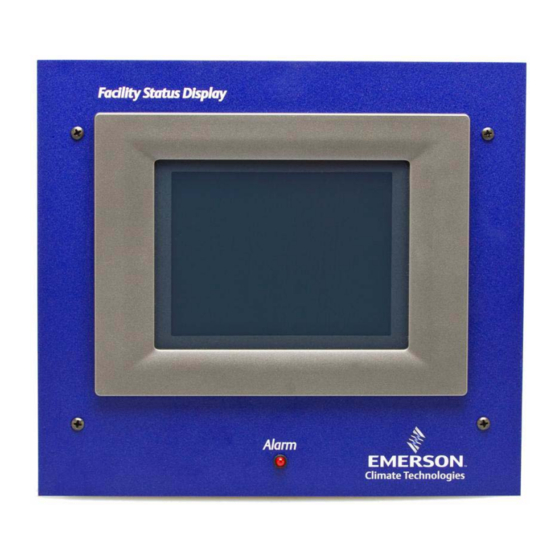extended defrost.
expended to remove this extra heat.
•
Reduce return gas temperature: Based on equation (1), lower suction return gas
temperature results in higher density gas and hence lower compressor power.
Too high a return gas superheat is therefore as bad as too low a return gas
superheat. This is a second consequence and benefit of accurate metering of
liquid refrigerant into the evaporators by expansion valves - resulting low return
gas temperatures and "superheat" (increases in return gas temperature above
the saturation temperature of the suction gas). Compressor volumetric efficiency
is increased by the lower temperature and higher density suction gas flow. This
also suggests that suction lines should always be insulated, so that suction return
gas does not gain unwanted heat from the ambient, thereby avoiding 'useless' or
'parasitic' heat load and increased return gas temperatures. Both parasitic load
and
high
return
unnecessarily increase refrigeration energy usage
•
Raise suction pressures: The higher the system suction pressures are, the lower
the associated compressor power. Table 1 shows how suction pressure can
affect compressor power for an example system. The far right column in the table
shows the percentage decrease in compressor power as suction pressure and
saturated suction temperature (Ts) is increased. It can be also observed that
increases in suction pressure result in higher energy savings for lower
temperature refrigeration systems than for medium temperature systems. From
this data, a rule of thumb can be drawn -
pressure, compressor power is reduced by approximately 2%.
Table 1: Effect of suction pressure on compressor power.
•
Lower discharge pressures:
"high side" pressure control elements (and gas defrost where present) should be
designed and operated in a manner that allows the lowest compressor discharge
pressure possible for a given ambient temperature. Table 2 shows how discharge
Additional refrigeration energy then has to be
gas
temperatures
Comp. Power
Ts (F)
Ps(psig)
-20
10.21
-15
13.23
-10
16.54
-5
20.13
0
24.04
5
28.27
10
32.85
15
37.79
20
43.11
25
48.83
30
54.97
Calculations done using refrigeration model with following conditions:
- R-22, Condenser Temp=90 F, Case load = 200,000 Btu/hr
Refrigeration system condenser fans and other
decrease
system
for every 1 Psi increase in suction
kW/psig
(kW)
29.07
-2.22%
27.12
-2.09%
25.24
-1.98%
23.45
-1.89%
21.72
-1.81%
20.06
-1.73%
18.47
-1.68%
16.94
-1.63%
15.47
-1.60%
14.05
-1.58%
12.69
-1.50%
efficiencies
and
Page 4 of 15

